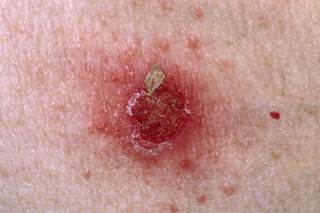Blog
29
Nov
2018
Topical Antibacterial Agent Effective for Treatment of Impetigo







